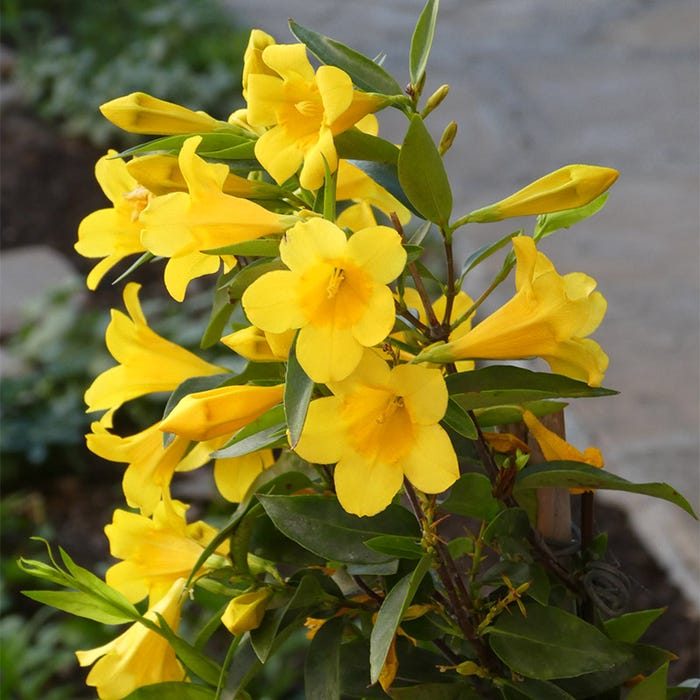During the Flu Epidemic of 1918-1919, fifty million people died. At the time, homeopathic physicians were able to keep their death rate to 1.05% whereas the death rate of ‘standard medicine’ was 30%. According to the homeopaths who participated in a survey published in the Journal of the American Institute of Homeopathy in 1920, the remedy Gelsemium was the most commonly prescribed. (1) A homeopathic colleague in present-day Italy says that she is also primarily prescribing Gelsemium.
Gelsemium has a picture you would expect with ‘the flu’. The patient is extremely weak, almost to the point of paralysis. There is an overpowering tiredness and heaviness, with aching and soreness. The patient may be dizzy or drowsy, and unable to answer questions correctly as they lay prostrate on the couch. Additionally, there is an apathy and dullness with this flu picture, as though the patient cares not a lick whether or not she gets better.
The patient wants to be left alone and left to be quiet. He may be irritable if someone speaks to him, waving the caring person away. He will have a nervous dread of going out in public, to which I say, yes good sir, please do stay home.
A person needing the remedy has heavy, labored breathing with a sense of suffocation and a craving for fresh air.
The Gelsemium patient looks and acts as if drunk. The eyelids are heavy and drooping, the face looks flushed, hot and ‘besotted’, which is a polite way of saying intoxicated. Speech will be thick and slurred.
Physically the patient experiences muscle aches as well as deep-seated pain in the joints, and may be trembling or numb. A dull, heavy headache with the sensation of having a band around the head, or pain in the occiput (base of the skull) or in the temples is common as is feeling terribly chilly.
Mentally and emotionally, the Gelsemium patient is made worse from emotions, excitement, bad news, and anticipation. This ties in with the typical ‘flu’ wherein a person who is already desperately ill cannot handle any additional emotional pressure.
My suggestion for taking the remedy goes slightly off course of the standard practice. I recommend that the remedy be put into water and sipped throughout the day. My reasoning is two-fold. First, sipping throughout the day ensures a steady supply of the remedy and secondly, it keeps the patient hydrated. The Gelsemium patient may feel thirstless so you may need to be persuasive.
As always, if symptoms are severe, call your doctor. This information is based on homeopathic practice and traditional prescribing.












Read 0 comments and reply